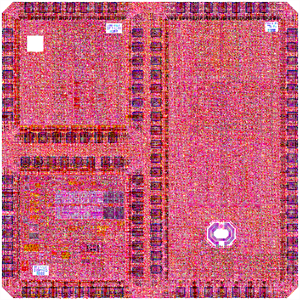Innovative receiver topologies aiming to accommodate modern communications systems
New trends in modern communications systems pose great challenges to conventional transceiver circuits. On the one hand, visible light communications (VLC) and plastic optical fiber (POF) communications require large-area photodetectors at the input of optical receivers, which result in significant input-referred noise content that cannot be minimized by traditional design tradeoffs. On the other hand, beamforming circuits commonly employed in 5G architectures require extremely linear receivers capable of handling high-power input signals. All these technical issues entail novel ideas for the hardware implementation of such modern systems. Assoc. Prof. Dr. Mustafa Berke Yelten from Istanbul Technical University Electronics and Communications Engineering and his research team have been working on practical solutions to these intricate problems. On the optical receiver side, they have proposed a novel noise-cancellation scheme for trans-impedance amplifiers to reduce the input noise content without dropping the overall performance. Considering the beamforming circuits, they have designed a mixer-first type receiver that yields both high linearity and large gain by introducing a variable gain trans-impedance amplifier. A test chip at 40 nm bulk CMOS technology has been designed and sent to fabrication that includes initial examples of the newly-conceived optical receiver and mixer-first type receiver architectures. The chip will be characterized in ITU VLSI Laboratory, and experimental performances of the proposed ideas will be analyzed subsequently.
A. D. Güngördü and M. B. Yelten, "A Noise-Canceling TIA Topology Compatible With Large-Area Photodetectors in 40 nm CMOS Process," in IEEE 65th IEEE International Midwest Symposium on Circuits and Systems, Virtual Conference, August 2022.

